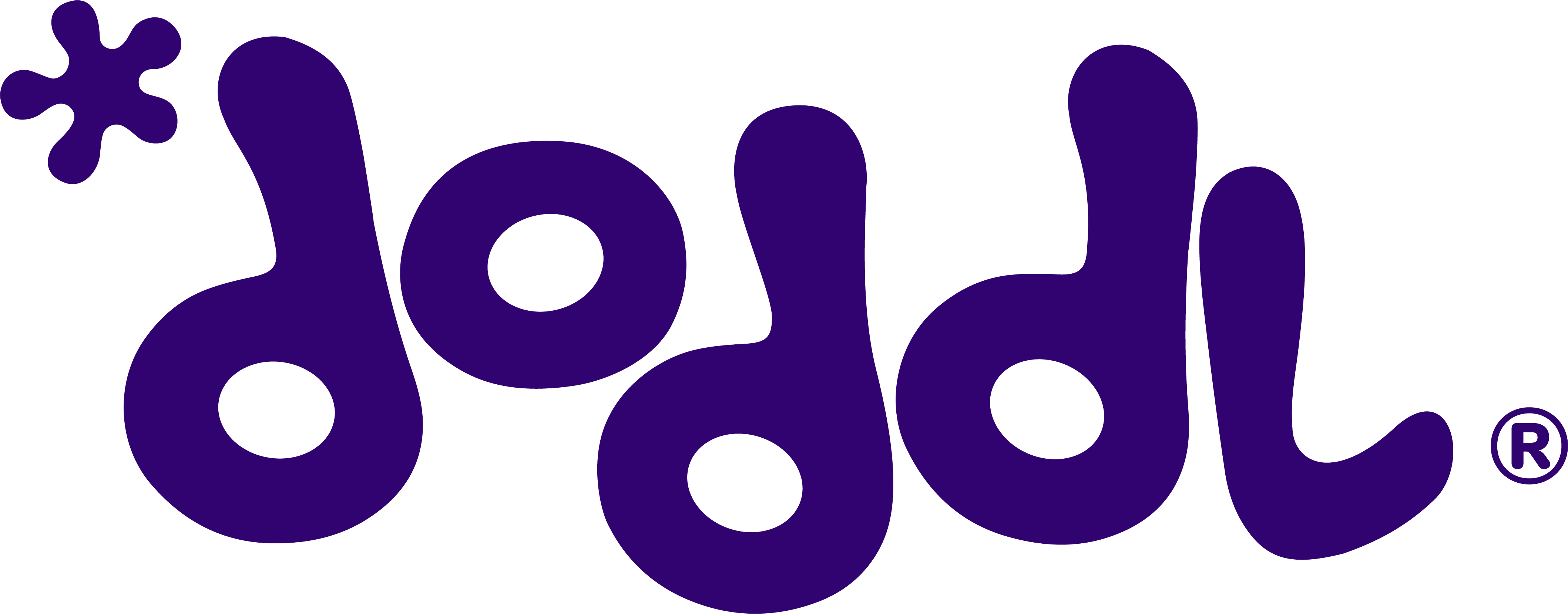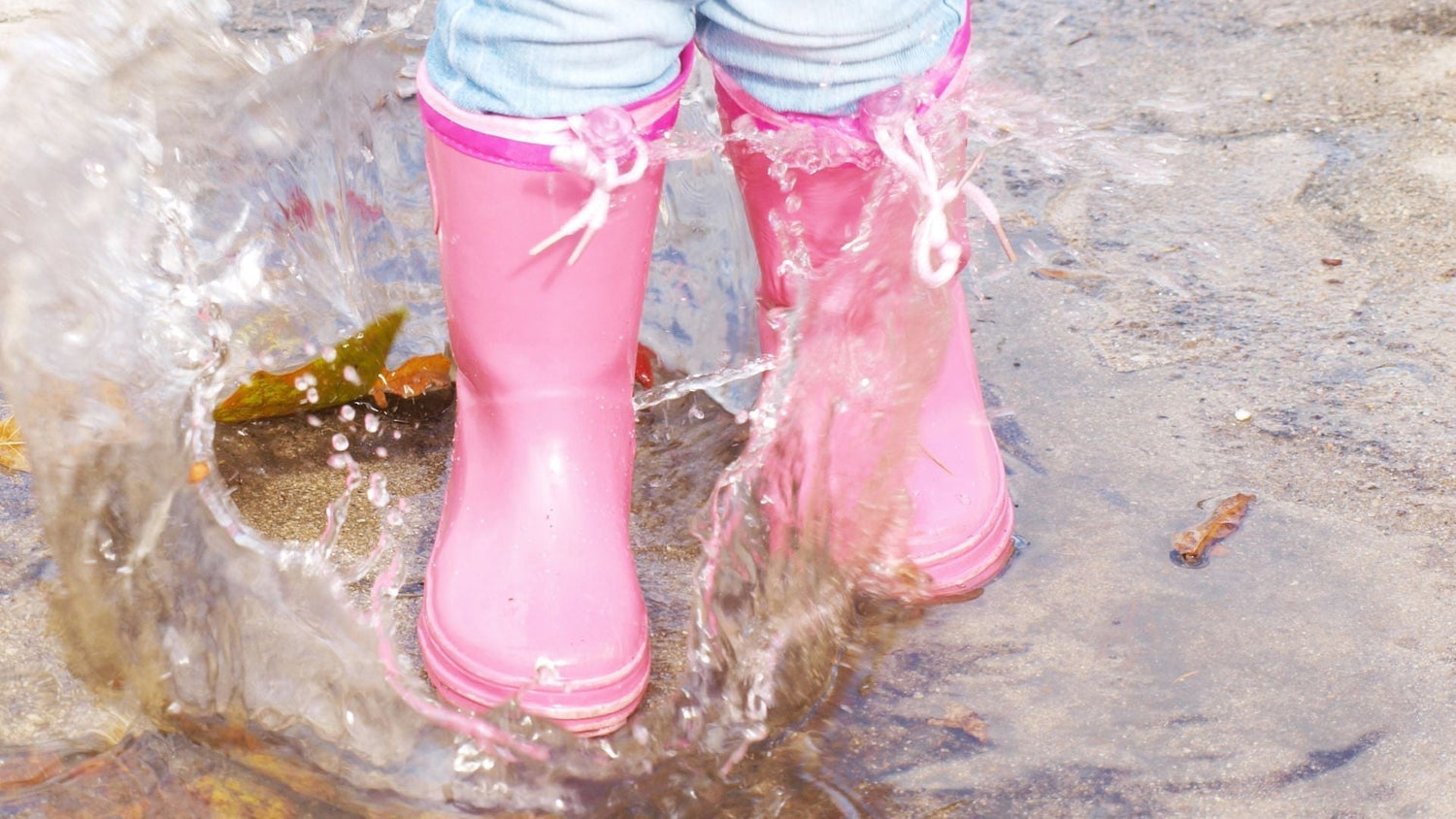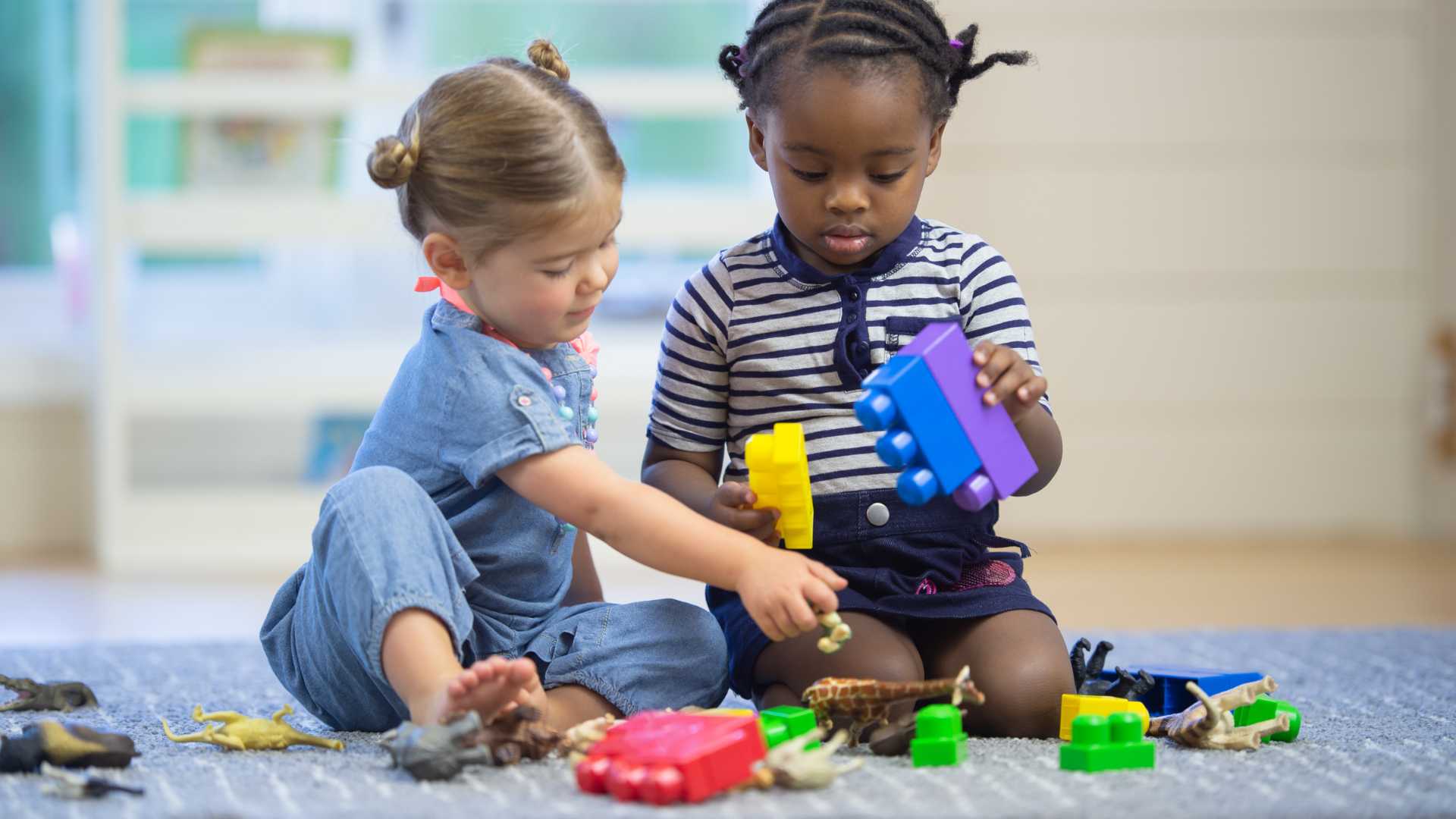Gross motor skills are the building blocks of your toddler's physical development, playing a crucial role in their ability to navigate the world around them. As a parent, you might wonder what these skills entail and how you can support your little one's growth. Let's explore four essential gross motor skills for toddlers and discover how they contribute to your child's overall development.
In this article, we'll cover:
- What gross motor skills are and why they're important for toddlers
- Four key gross motor skills: running, jumping, balancing, and climbing
- Practical tips and activities to encourage each skill's development
Before we dive in, it's important to remember that every child develops at their own pace. While milestones provide helpful guidelines, your toddler's journey is unique. Embracing this individuality can help create a positive, pressure-free environment for your little one to thrive.
What are gross motor skills?

Gross motor skills involve the movement and coordination of large muscle groups in the body. These skills are fundamental for everyday activities like walking, running, and playing. As your toddler grows, they'll gradually refine these skills, building strength, balance, and coordination.
For toddlers, developing gross motor skills is about more than just physical abilities. It's a journey of exploration, confidence-building, and independence. Each new skill mastered is a stepping stone towards greater autonomy, whether it's confidently climbing stairs or learning to use cutlery at mealtimes.
Babies learn from head to toe

Gross motor development in babies and toddlers follows a fascinating pattern often described as "head to toe". This progression is a testament to the incredible journey of physical development that begins from birth.
In the early months, babies start by gaining control of their head and neck muscles. You might notice your little one lifting their head during tummy time or holding it steady while being held upright. This head control is the foundation for all future gross motor skills.
As babies grow, the development continues downwards:
- Rolling over: Usually mastered around 4-6 months
- Sitting up: Typically achieved around 6-8 months
- Crawling: Often starts around 7-10 months
- Pulling to stand: Usually occurs around 9-12 months
- Walking: Most babies take their first steps between 9-18 months
This head-to-toe progression doesn't stop with walking. Toddlers continue to refine their gross motor skills, developing more complex abilities like running, jumping, balancing, and climbing - the four key skills we'll explore in depth in this article…
Running

One of the most exciting milestones for parents and toddlers alike is when those first wobbly steps transform into a full-fledged run. Running not only strengthens leg muscles but also improves overall coordination and spatial awareness.
To encourage your toddler's running skills:
- Create safe spaces for exploration, like a grassy park or a cushioned play area.
- Play games that involve running, such as gentle chases or races.
- Use positive reinforcement to boost confidence.
Remember, it's not about speed or technique at this stage. The joy of movement and the freedom to explore are what matter most. As your toddler gains confidence in running, you might notice improvements in other areas too, like balance and agility.
Jumping

Jumping is a fantastic gross motor skill that helps toddlers develop leg strength, coordination, and balance. It's also a great way for little ones to express excitement and burn off energy.
To help your toddler master the art of jumping:
- Start with jumping in place, holding their hands for support if needed.
- Use visual cues like colourful spots on the floor to jump towards or over.
- Incorporate jumping into everyday play, like hopping over lines on the pavement.
As your toddler becomes more confident with jumping, you might see them attempting to leap off low surfaces or jump over small obstacles. This progression is natural and helps build spatial awareness and risk assessment skills.
While it's exciting to see your toddler's jumping skills improve, always prioritise safety. Ensure that jumping surfaces are soft and stable, and that the surrounding area is clear of hard or sharp objects. Supervise jumping activities closely, especially when your child is exploring new heights or obstacles. Remember, it's okay to guide your toddler towards safer jumping challenges if you feel they're attempting something beyond their current ability level.
Balancing

Balancing is a crucial skill that underpins many other physical activities. It helps toddlers develop body awareness, coordination, and confidence in their movements.
To encourage balancing skills:
- Create simple obstacle courses with cushions, low beams, or lines on the floor.
- Play games that involve standing on one foot, like pretending to be flamingos.
- Use everyday opportunities, such as walking along kerbs (with supervision) or balancing books on their head.
As your toddler's balancing skills improve, you might notice enhanced coordination during other activities, including mealtimes. Using specially designed toddler cutlery, can further support this development, encouraging independent eating and fine motor skills alongside gross motor development.
Climbing

Climbing is an essential gross motor skill that helps toddlers develop strength, coordination, and problem-solving abilities. It's a natural way for children to explore their environment and test their physical limits.
To support your toddler's climbing development:
- Provide safe climbing opportunities, such as small slides or climbing frames designed for toddlers.
- Supervise outdoor play, allowing them to navigate age-appropriate playground equipment.
- Create indoor climbing challenges using sofa cushions or sturdy boxes.
As your toddler becomes more adept at climbing, you'll likely see improvements in their overall confidence and willingness to tackle new physical challenges. This newfound assurance often translates to other areas of development, including social interactions and independent play.
Remember, while it's important to encourage these gross motor skills, it's equally crucial to create a safe environment for exploration. Always supervise your toddler during physical activities and ensure that play areas are age-appropriate and secure.
Embracing the journey
Supporting your toddler's gross motor skill development isn't just about physical growth – it's about nurturing their confidence, independence, and joy in movement. Whether it's running in the park, jumping over puddles, balancing along a garden wall, or climbing at the playground, each activity is a step towards your child's physical and emotional development.
By providing opportunities for varied physical play and using tools designed to support their development, you're setting the stage for your little one to thrive.
Embrace the journey, celebrate the small victories, and watch as your toddler grows in confidence and ability, one gross motor skill at a time.
Find out more about why developing motor skills is important.




Leave a comment
This site is protected by hCaptcha and the hCaptcha Privacy Policy and Terms of Service apply.